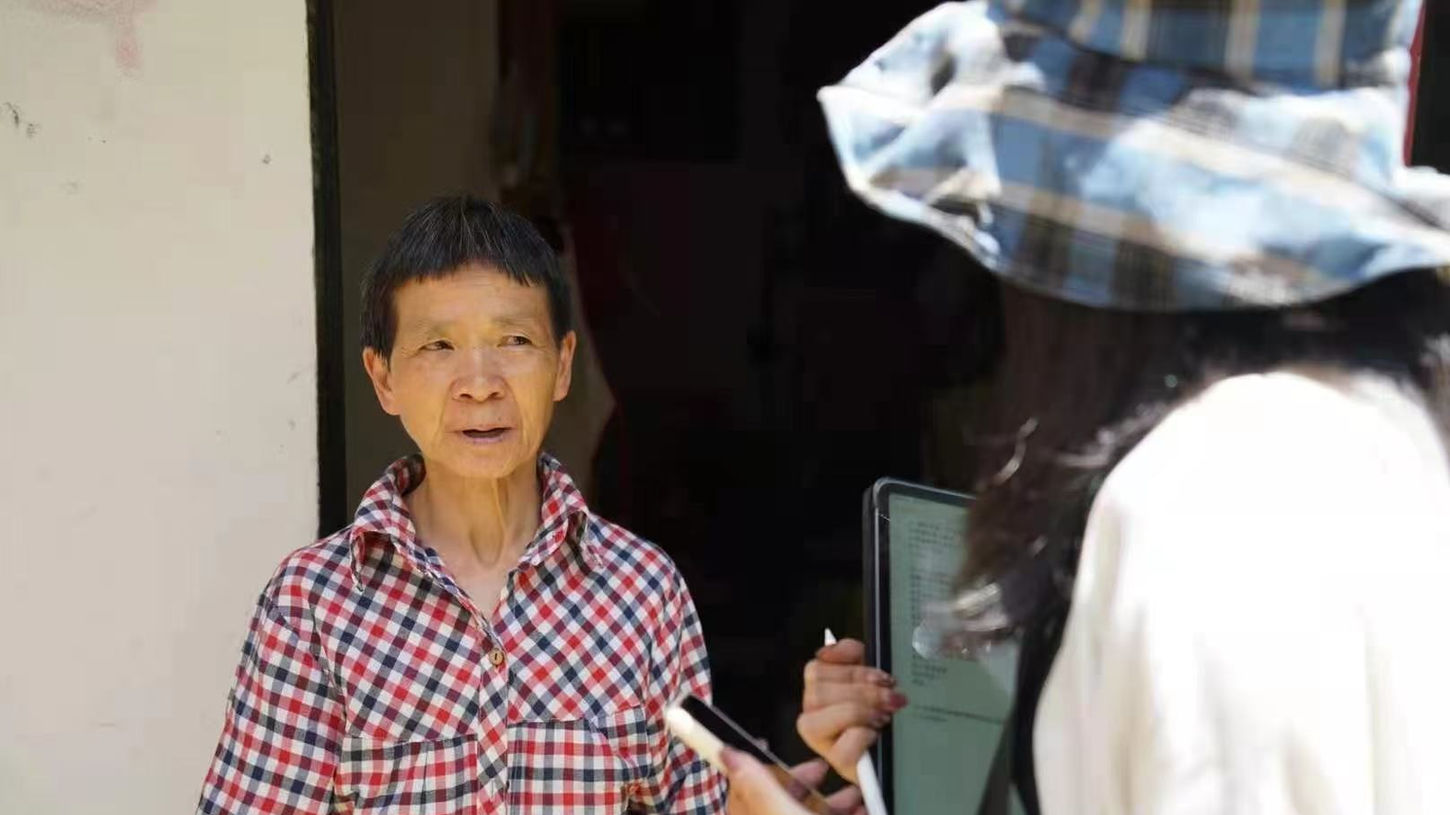
Reconstruction
In the game, the snake’s movement triggers a gradual, tile-by-tile transformation of old photographs—fragments of Shiqiaopu’s past—into new images of present-day life, mirroring how people continually reshape their living environments. By reconfiguring these familiar scenes, from the Shiqiaopu Roundabout to Yuehua Shopping Mall, I use a game-based approach to evoke collective memory and explore a renewed sense of community identity amid the rapid modernization that has reshaped spaces and weakened neighborly bonds.
Preliminary Research
General Environment
The urban landscape of Shiqiaopu is formed by the interweaving of old residential communities and high-rise buildings, creating a skyline of varied heights. Along the streets, numerous shops can be found, with a predominance of restaurants and bathhouses. The overall atmosphere is comfortable and tranquil; despite being surrounded by several large commercial districts, Shiqiaopu is relatively free from the hustle and bustle typical of major cities, lending it a quieter character.
Local Residents
The demographic structure of Shiqiaopu encompasses multiple age groups, with neither significant depopulation nor pronounced aging. However, interaction among different age groups is limited, and interpersonal communication tends to remain at the level of “shallow socializing.” Residents generally lead a simple lifestyle, following a “work–home” routine, and participation in community activities is relatively low.
First On-site Research
Purpose: To gain a comprehensive understanding of Shiqiaopu’s overall appearance and identify potential opportunities for artistic engagement within the community.
Process: Visited representative landmarks and public spaces in Shiqiaopu, including Linka Café, Jinli Hotel, Yugao Park, the Computer City, and Nanfang Garden.
2.1 June 5, 2021
Second Research
Purpose: To gain deeper insight into local residents’ living conditions and their perceptions of Shiqiaopu through semi-structured interviews.
Process: Engaged with residents from different age groups to gather their views on the community environment, daily life, and interpersonal relationships.
2.2 June 18, 2021
Third Research
Purpose: To define the direction for artistic engagement in the community and identify locally available elements for use.
2.3 July 9, 2021
“Community identity” is built upon relatively frequent interactions and exchanges among residents; it is the process through which individuals develop a sense of psychological belonging and value recognition toward their community.
The term “neighborhood” not only describes the state of people living in close proximity but also embodies the solidarity, mutual assistance, and friendly relations that emerge from everyday interactions. It is not a fixed social entity, but rather a continuously constructed and reshaped network of social relationships, and it serves as the most tangible expression of community identity.
A “new neighborhood” refers to a form of social relationship that is able to adapt to contemporary and even future contexts, accommodating societal changes and evolving lifestyles.
Reflections on the Research
1. On “Community Identity,” “Neighborhood,” and “New Neighborhood”
2. The Role and Purpose of an Artist in the “New Neighborhood”
When considering how to engage with Shiqiaopu’s “new neighborhood,” I contemplated several possible roles: that of an outsider visitor, a local resident, or an artist. Taking into account the actual circumstances, I ultimately chose to enter as an artist—a role aligned with my professional background, which would allow me to apply familiar artistic methods to engage more effectively with the community within the limited time frame of the research.
From the standpoint of an artist, the motivation for engagement lies in exploring, through the medium of art, how “new migrants” might be transformed into a “new neighborhood.” Research revealed that the majority of Shiqiaopu’s residents are migrant workers, with long-term residents typically having lived there for no more than one or two decades, and few with generational residence. High population mobility is likely a key factor contributing to interpersonal interactions being limited to “shallow socializing.” Fostering a sense of public agency, whereby individuals psychologically identify with and integrate into the community, is crucial to building a “new neighborhood.” In this process, art can serve not only as a tool for communication and expression but also as a means to coexist with the community and enrich its spiritual connotations.
3. Finding Opportunities to Build “Community Identity”
Survey results indicate that most residents lack a strong sense of identity with their community, and daily interactions are minimal. This is especially true for middle-aged and younger groups, whose demanding life pace and limited leisure time leave little room for participating in community activities. Based on this, my focus shifted to reconnecting interpersonal relationships and identifying opportunities to “build bridges of interaction.”
In reviewing “New Neighborhoodism” and New Urban Community Identity Mechanisms: A Study on the Construction of Harmonious New Neighborhood Relations in Suzhou Industrial Park by Shu, Chen, and Luo (2013), I examined and compared the four “community identity” mechanisms they propose: network-based identity, association-based identity, governance-based identity, and memory-based identity. Ultimately, I selected memory-based identity as the theoretical foundation for my artistic practice.
Community memory can be understood as the unique traditions and collective recollections formed during the community’s development—a shared recognition of the “past” that gradually becomes internalized into values and habitual ways of thinking. The spatial and temporal changes of a community often intertwine with the life trajectories of its residents, and the accumulation of community memory serves as the foundation for the formation of community identity. Such memory not only strengthens ties among those “connected to me,” but also legitimizes social order and guides social behavior.
Although creating an entirely new community memory through a single artistic intervention presents significant challenges, I aim to draw upon existing elements and re-present them through artistic means, thereby awakening shared memories of the community and opening possibilities for the formation of new community identities.
Shu, X., Chen, W., & Luo, P. (2013). “New neighborhoodism” and new urban community identity mechanisms: A study on the construction of harmonious new neighborhood relations in Suzhou Industrial Park. Socialism Studies, (4), 147–152.
Reference
Artwork Creation
Through interviews and field research, I identified the most representative and emotionally significant locations for local residents in Chongqing’s Shiqiaopu community, such as Yugao Park and the Computer City. Simultaneously, I collected historical images and current photographs of these places. These photos carry the community’s historical memory and serve as a key medium connecting the past with the present.
Using a game as the medium, my aim is to reshape and awaken the residents’ collective memory of these locations through interactive experience. In the game, the "snake" symbolizes individuals within the community, while the transition between historical and current photos represents the intertwining of personal life experiences with community changes. Players continuously "consume" items, driving the transformation of old memories into a new living environment, reflecting the dynamic updating process of community memory.
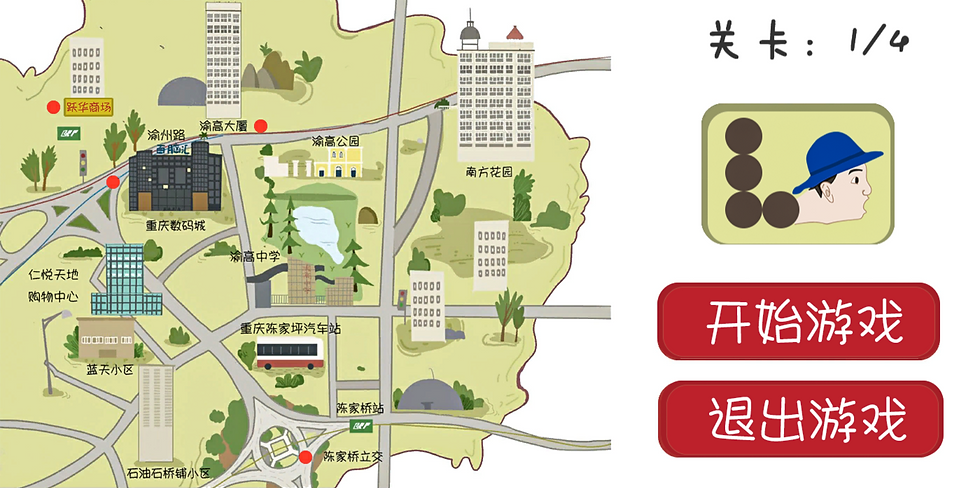
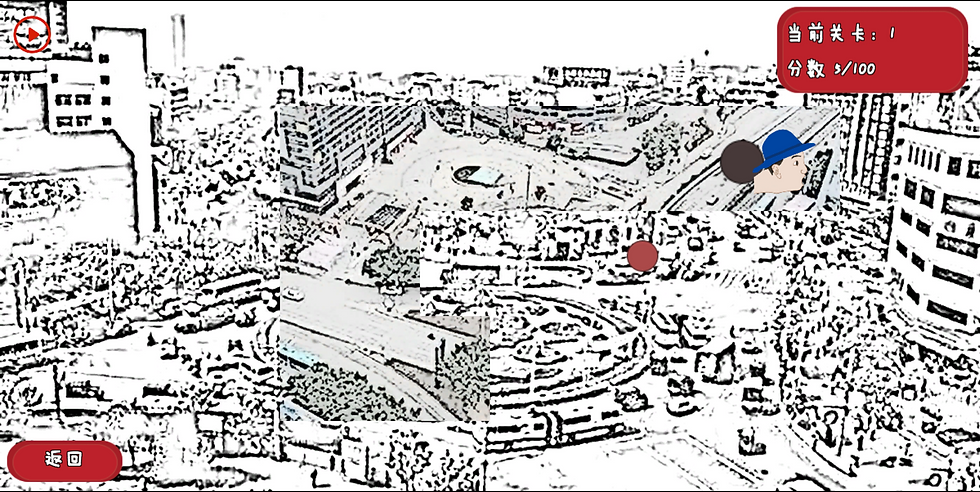
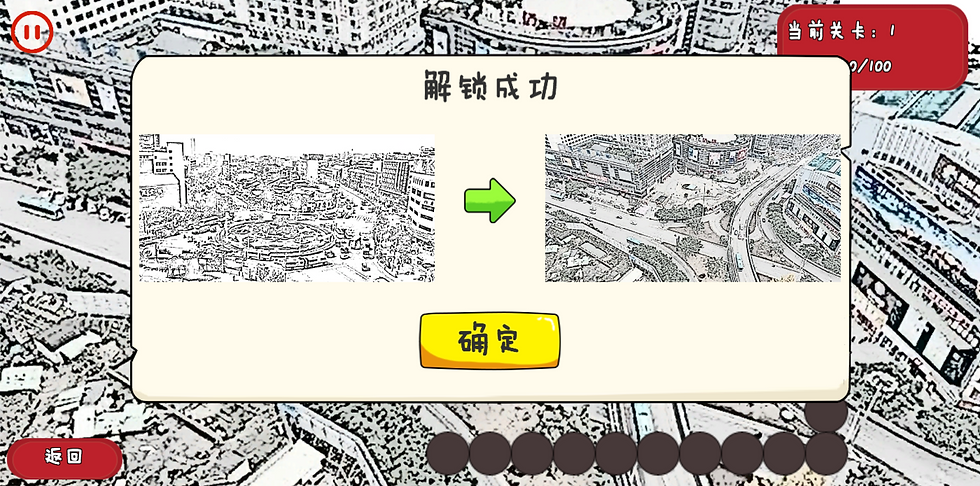
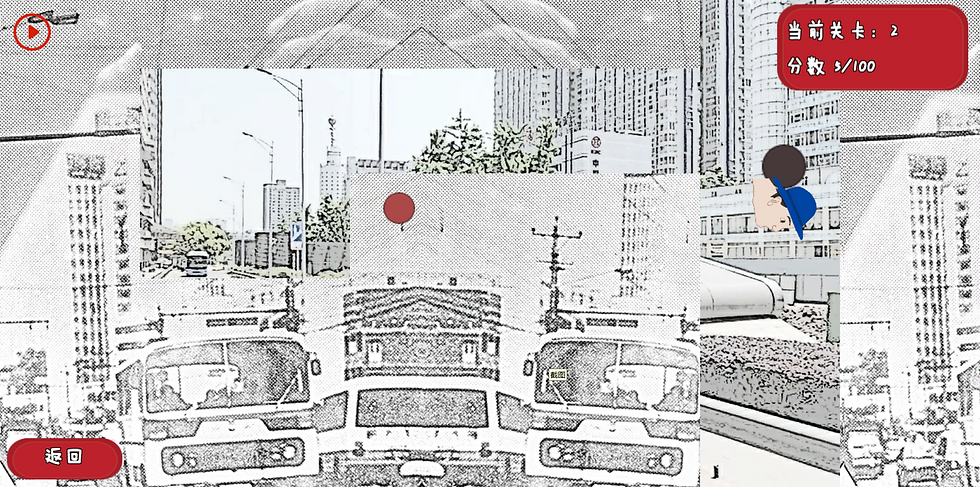
This process mirrors how residents in reality continuously adapt to and integrate new surroundings in their daily lives, gradually forming a sense of community identity. The game’s background, composed of a collage of past and present images, vividly expresses the blending and coexistence of old and new within the community.
Regarding the choice of medium, I selected the game as the primary creative tool because it lowers the threshold for resident participation and encourages active engagement through entertaining interaction, which helps to enhance memory activation and strengthen community identification.




